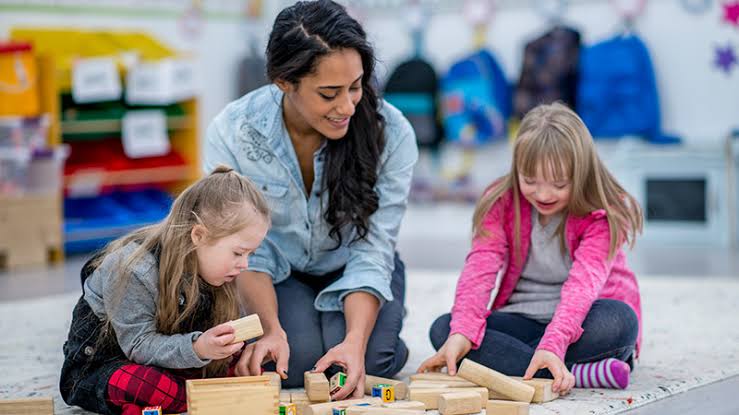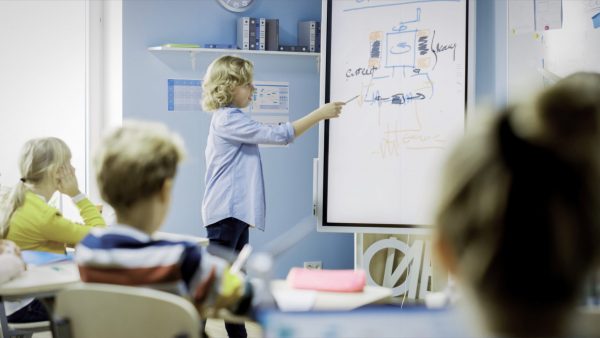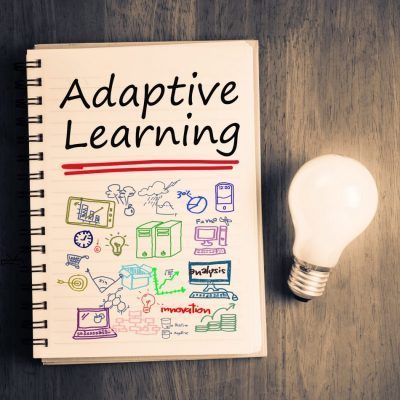Doodling: An Innovative and Effective Way of Teaching

We all used to doodle when we were in school. Cartoon faces, birds with crests of all kinds, elegant butterflies, and leaf forms were among the images that adorned the margins of our notebooks. These automatically made long lectures seem more entertaining. Sketching happy faces, hearts, and a variety of shapes in the margins of […]
Pedagogical Practices To Suit Various Learning Styles

Most people have accepted the assertion that each student has a distinct “learning style” as fact in the educational sector. If one does a little digging, they will find that there are over 70 different styles of learning and teaching style schemes that attempt to classify students according to how they learn best. The notion […]
Brain Exercises to Boost your Mental Capability

Every aspect of our lives engages our brain, and it, like any other body element, requires attention. Many people, especially as they get older, place a high value on brain exercise in order to improve memory, focus, or daily functionality. People of all ages, however, can benefit from doing a few basic brain exercises on […]
Universal Design for Learning: A Practical Guide

Everyone is different, or, to put it another way, everyone learns differently, is a clear truism. So why are educators so adamant on establishing uniform teaching methods? This is because they can’t feasibly cater to everyone’s learning style. Therefore, they aim for the broadest conceivable structure in the hopes that everyone would benefit at least […]
Enhancing E-Learning with Interactivity

eLearning, also known as the modern way of learning, refers to imparting education via electronic media that goes beyond the four walls of a traditional classroom. This mode of learning is more personalized and eliminates the physical presence of a teacher to understand the concepts taught. However, the course developers often struggle to overcome the […]
Adaptive Learning in The Classroom

Implementing Adaptive Learning As mentioned in our previous article, Adaptive Learning systems provide personalized learning experience for students by first adjusting to their learning styles and paces. Following this, instructional designers perform unique course sequencing and evaluation methods. In this way, educators can secure equitable learning on a scale of 100-200 pupils per class. This […]
Video Learning Styles: An Introduction

Video-based learning is a widely acknowledged method of education due to the various benefits it offers. Using videos for teaching and learning is more interesting than reading, the reason being that videos provide a bigger picture of concepts and ease their understanding. Moreover, the use of virtual reality videos helps bring the world into the classroom. […]
eLearning Styles: An Introduction

As our previous blog described, eLearning uses various electronic resources and technology to deliver lessons/courses. It is one of the best ways to address the learning needs of a large group of learners at the same time. But different learners have different eLearning styles. This is so because every learner follows a distinct pattern of learning. […]
Adaptive Learning as a New-Age Teaching Methodology

Adaptive Learning is a technologically-driven personalized learning experience. This model incorporates algorithms, assessments, and feedback to tailor unique learning paths and course sequencing to suit various learning styles. Traditional teaching presents a rigid course material to fit all the students. Adaptive Learning makes use of frequent assessments, exchanges feedback with learners, and opens alternative learning […]
Teachers’ Role in Project-based Learning

The teachers’ role in Project-Based Learning is unique and pervasive. An educator’s ability to transition from the role of instructor to that of a mentor or collaborator can make or break it. As is evident from our previous blog – Project-Based Learning Tools, PBL, if done well, helps inculcate skills such as active learning and problem-solving in […]


